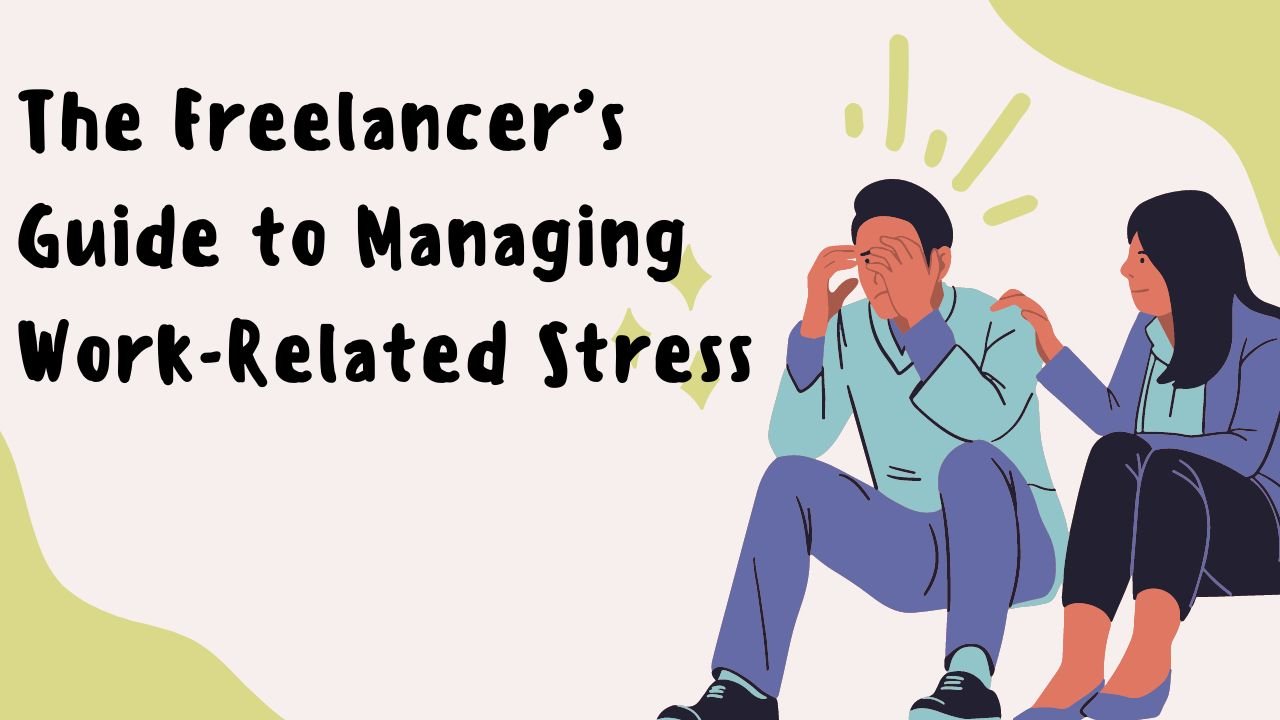Freelance photography is a dream career for many people who love taking pictures and want to be their own boss. Freelance photographers can work on various projects, such as weddings, portraits, events, products, or landscapes. They can also choose their own clients, rates, and schedule.
However, freelance photography is not all fun and games. It also involves a lot of hard work, dedication, and skills. Freelance photographers need to market themselves, find clients, deliver quality work, manage their finances, and deal with competition. They also need to constantly improve their photography skills and keep up with the latest trends and technologies.
If you are interested in becoming a freelance photographer or want to take your freelance photography business to the next level, here are some tips that can help you succeed.
1. Choose your niche
One of the first steps to becoming a freelance photographer is to choose your niche or specialty. This will help you define your target market, showcase your expertise, and stand out from the crowd. There are many types of freelance photography niches, such as:
- Wedding photography
- Portrait photography
- Event photography
- Product photography
- Landscape photography
- Fashion photography
- Sports photography
- Wildlife photography
- Travel photography
To choose your niche, you need to consider your passion, skills, experience, and demand. You also need to research your competition and potential clients in your area. You can start by focusing on one or two niches that suit your style and goals and then expand or change them as you grow.
2. Create a portfolio
A portfolio is a collection of your best work that showcases your skills, style, and personality as a freelance photographer. It is one of the most important tools for attracting clients and getting freelance photography jobs. A portfolio can be in the form of a website, a blog, a social media account, or a printed book.
To create a portfolio, you need to:
- Select your best photos that represent your niche and quality
- Organize your photos into categories or themes
- Edit your photos to enhance their appearance and consistency
- Add captions or descriptions to explain your photos and provide context
- Include your contact information and call-to-action
3. Invest in the right equipment
As a freelance photographer, you need to invest in the right equipment that will help you produce high-quality photos and meet your clients’ expectations. The equipment you need may vary depending on your niche and budget, but some of the essential items are:
- A professional camera that suits your needs and preferences
- A variety of lenses that cover different focal lengths and apertures
- A tripod that provides stability and flexibility
- A flash that provides extra light and creativity
- A camera bag that protects and organizes your gear
- A laptop or computer that allows you to edit and store your photos
- A photo editing software that helps you enhance and optimize your photos
- A backup device that secures your photos in case of loss or damage
4. Set your prices
One of the biggest challenges for freelance photographers is to set their prices. Pricing is a complex and subjective process that depends on many factors, such as:
- Your skills, experience, and reputation
- Your niche, market, and competition
- Your costs, expenses, and taxes
- Your clients’ needs, expectations, and budget
- Your value proposition and benefits
There are different ways to set your prices as a freelance photographer, such as:
- Hourly rate: charging by the hour based on the time spent on the project
- Project rate: charging by the project based on the scope and deliverables
- Package rate: charging by the package based on the number and type of services included
- Licensing rate: charging by the license based on the usage rights and duration
To set your prices effectively, you need to:
- Research the average rates in your niche and area
- Calculate your costs and expenses and add a profit margin
- Consider your clients’ budget and expectations
- Communicate your prices clearly and confidently
5. Market yourself
Marketing yourself is essential for building a successful freelance photography business. Marketing helps you promote your brand, showcase your work, reach potential clients, and generate leads. There are many ways to market yourself as a freelance photographer, such as:
- Creating a website or blog that displays your portfolio and services
- Using social media platforms like Instagram, Facebook, or Twitter to share your photos and engage with your audience
- Joining online platforms or websites that cater to freelancers, such as FlexJobs, Upwork, Work For Impact, or FreelancerMap
- Networking with other freelancers, clients, or professionals in your niche or industry
- Asking for referrals, testimonials, or feedback from your past or current clients
- Offering discounts, incentives, or freebies to attract new clients or retain existing ones
How to Set Your Freelance Rates
Conclusion
Freelance photography is a rewarding and exciting career that allows you to pursue your passion and be your own boss. However, it also requires a lot of hard work, dedication, and skills. By following these tips, you can build a successful freelance photography business and achieve your goals.




